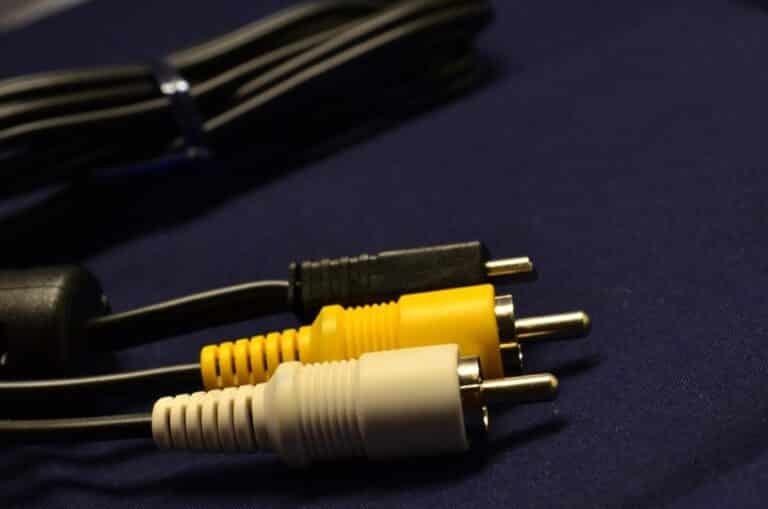Cache Memory: Types And Importance
Contents
What is Memory Storing?
Memory reserving (frequently just alluded to as reserving) is a strategy wherein PC applications briefly store information in a PC’s principal memory (i.e., arbitrary access memory, or RAM) to empower quick recoveries of that information. Know about the Different Types of Cache Memory in this article.
The RAM that is utilized for the impermanent stockpiling is known as the store.
Since getting to RAM is altogether quicker than getting to different media like hard circle drives or organizations, reserving assists applications with running quicker because of quicker admittance to information. Storing is particularly productive when the application shows a typical example in which it over and again gets to information that was recently gotten to.
Reserving is additionally helpful to store information computations that are generally tedious to register. By putting away the estimations in a reserve, the framework saves time by keeping away from the redundancy of the computation.
How Does Memory Caching Work?
Memory reserving works by first saving a part of RAM to be utilized as the store. As an application attempts to understand information, regularly from an information stockpiling framework like a data set, it verifies whether the ideal record as of now exists in the reserve. In the event that it does, the application will peruse the information from the store, in this way disposing of the more slow admittance to the data set. In the event that the ideal record isn’t in the reserve, then the application peruses the record from the source.
Importance of Cache Memory
Whenever it recovers that information, it additionally composes the information to the reserve so when the application needs that equivalent information, later on, it can rapidly get it from the store.
Since the store is restricted in size, last a few information currently in the reserve should be eliminated to account for new information that the application is generally late gotten.
This implies the storing framework needs a system on which records to eliminate to make room. The technique will rely upon the idea of the application’s information gets to, and will for the most part attempt to eliminate records that are not supposed to be gotten to again soon.
For instance, a least-as of late utilized (LRU) procedure will eliminate the record whose last access was before some other record in the store. The presumption here is that assuming it has been quite a while since the record was gotten to, it will probably not be gotten to again soon. Or on the other hand, to put it another way, the records that were most utilized as of late will prone to be utilized again soon.
A least-as often as possible utilized (LFU) system involves following the number of gets to of each record in the reserve and eliminating the record with minimal measure of gets to.
The suspicion here is that a rarely utilized record won’t probably be utilized again soon.
The test with stores is the manner by which to limit “reserve misses,” i.e., endeavored peruses by the application for records that are not in the store.
On the off chance that you have an excessive number of misses, the productivity of your store diminishes.
An application that main peruses new information wouldn’t profit from a reserve, and truth be told, would show lower execution in view of the additional work of checking the store yet not tracking down the ideal record in it.
One way this challenge can be alleviated is by utilizing bigger reserves.
This is in many cases not useful on a solitary PC, which is the reason disseminated stores are well-known decisions for accelerating applications that need to get to bigger informational collections.
An appropriated store pools together the RAM of different PCs associated in a bunch so you can make a greater reserve that can keep on developing by adding more PCs to the group. Advancements like Hazelcast IMDG can be utilized as a disseminated group to speed up huge scope applications.
One more test of reserves is the gamble of perusing “flat” information, in which the information in the store doesn’t mirror the most recent information in the fundamental source. Generally, this chance is an adequate compromise for application execution. In situations where it, no longer doesn’t depend on the application refreshes the hidden information source to refresh the record being referred to in the store.
Types of Cache Memory
The store (articulated “cash”) is a little, quick reserve. It is intended to accelerate information move and directions. It is situated in or close to the CPU chip. It is quicker than irregular access memory, and the information or directions that the CPU has as of late or most often utilized are supported.
Whenever the CPU is first utilized, information and directions are recovered from irregular access memory. A duplicate of the information or guidelines is stored. The following time the CPU needs information or guidelines, it will initially show up in the store. Assuming that the necessary information is found, it will be recovered from the store rather than the fundamental memory. Speed up CPU work.
It will be helpful to know What Is a Hidden Cache and How to Get Rid of It.
Types/Levels of Cache memory
A PC can have a few different memory levels. The level number addresses the CPU distance, with level 1 being the nearest. All degrees of memory is quicker than RAM. Reserve is generally the quickest CPU reserve, yet it is typically more costly and stores less information than the store level.
Level 1 (L1) store or first reserve
It is the fundamental sort of store. The L1 store size is tiny contrasted with different sizes going from 2KB to 64K, contingent upon the processor. It is an inherent microchip register (CPU). In the first place, the directions mentioned by the CPU are looked at in the L1 reserve. Instances of records are batteries, address books, program counters, etc.
The subsequent level store (L2) or the auxiliary reserve
L2 is the second kind of reserve. The L2 store size is bigger than L1 between 256 KB and 512 KB, and the L2 reserve is situated on the PC’s chip. Subsequent to looking for the L1 store directions, in the event that it isn’t found, the PC’s chip will find an L2 reserve search. Fast transports work until the reserve is put away.
Level 3 reserve (L3) or base memory
The L3 reserve is bigger, however, L1 and L2 are quicker. Size goes from 1 MB to 8 MB. In multiprocessor processors, each center might have separate L1 and L2, yet all centers have a typical L3 case. The twofold speed with L3 RAM.







